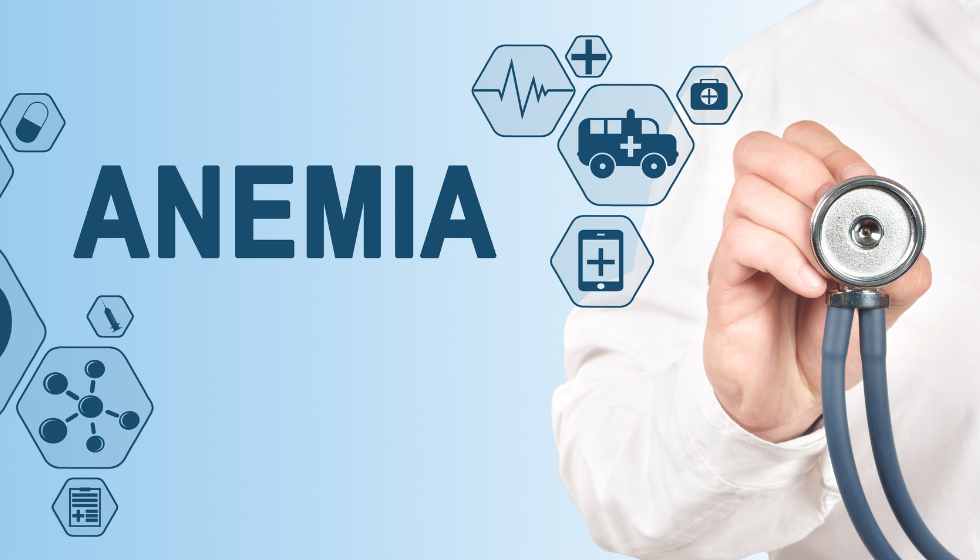

Do you want to know what anaemia is? How is it detected, or what foods are good to combat it? We tell you everything you need to know about anaemia: how to detect it, its causes, symptoms and diet to combat it.
Anaemia is a disease characterized by having a lower-than-normal presence of haemoglobin.
Haemoglobin is a component of red blood cells in the blood that carries oxygen from the lungs to the body tissues and removes carbon dioxide.
Usually, people with anaemia also have fewer red blood cells. However, at other times, the volume of red blood cells is normal, yet there is anaemia because the amount of haemoglobin is insufficient.
Anaemic people may also have altered other blood components, such as white blood cells, which help fight infection, or platelets, which seal the cuts.
To find out if you have anaemia, the doctors will take into account your medical and family history and will do a blood test to look for changes in your level of red blood cells and haemoglobin in the blood.
Remember that what may be normal for you may not be for others since the volumes are considered correct depending on age, gender and type of diet.
It may also be that your doctor detects that you have anaemia by testing for another disease.
In addition to the blood test, the doctor will do other tests to find the origin of the anaemia and detect its severity, from listening to your heart to requesting a rectal exam to locate possible sources of blood loss.
Since the haemoglobin in the red blood cells gives the blood its red colour, a quick and simple test to find out if you have anaemia (but which in no way replaces a visit to the doctor) is to examine the inside of the eyelid of your eyes.
Haemoglobin is rich in iron. Therefore, one of the most common causes of anaemia is a lack of iron in the blood. Still, anaemia can also result from a dysfunction in the production and conservation of red blood cells or from a specific change in the body, such as large blood loss.
The treatment is different for each type of casuistry and level of haemoglobin alteration.
Because they don’t have enough haemoglobin to carry oxygen throughout the body, anaemic people feel weak and tired.
Other symptoms of anaemia are dizziness, shortness of breath, headaches or paleness as a direct consequence of the decrease in haemoglobin in the blood. In addition:
If you think you have symptoms of anaemia, consult your doctor as soon as possible. Some types of anaemia are easily resolved with a change in diet or a nutritional supplement.
Having anaemia and not treating it is dangerous because, in the long term, it can cause serious damage to vital organs of the body, such as the heart and brain and, consequently, be fatal.
All iron-rich foods are good for fighting anaemia. Dare to introduce the following ingredients to your daily menus, even if you are one of those who always order food at home :
This post was last modified on March 1, 2023
Anxious at Work these days is becoming too common among young employees to middle-aged employees…
Going on a first dinner date, whether your first or someone else's, is an exhilarating…
Health is one of the major things for everyone; everyone has to consider health as…
Meticulous preparation and close attention to detail will guarantee that these worthwhile properties arrive at…
According to human psychology, humans think a lot and assume everything that is happening in…
The Face Roller Massager has many benefits, from relaxation to reducing all signs of aging.…